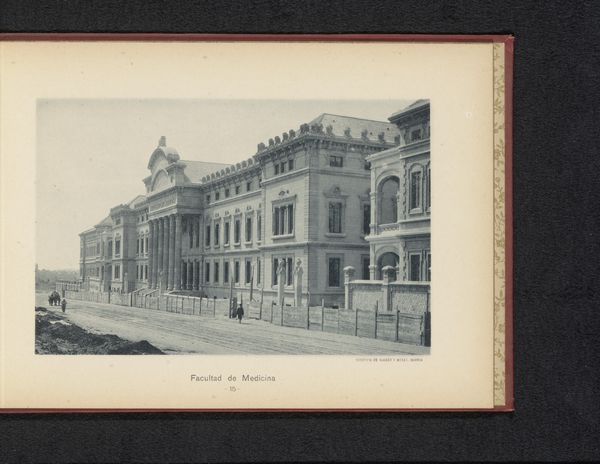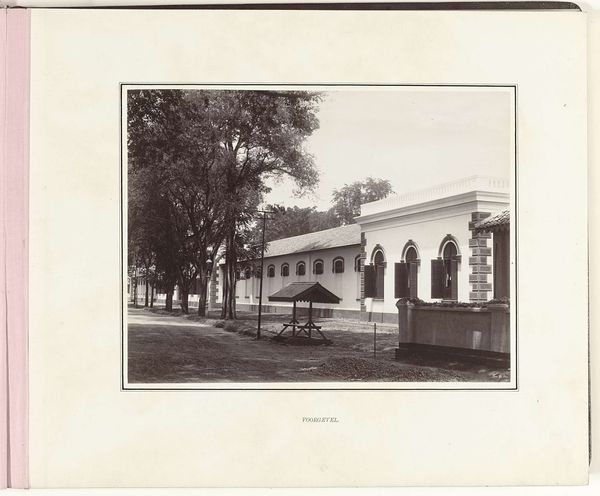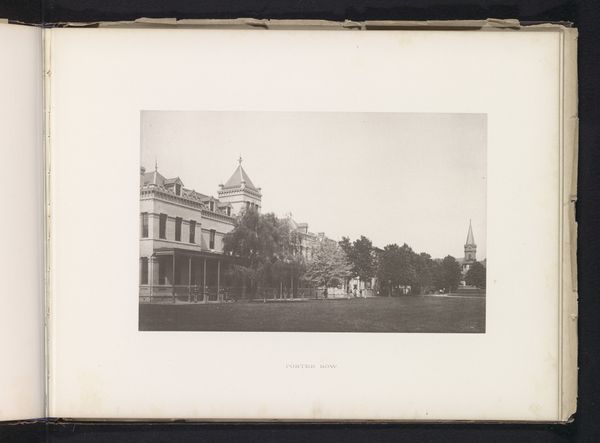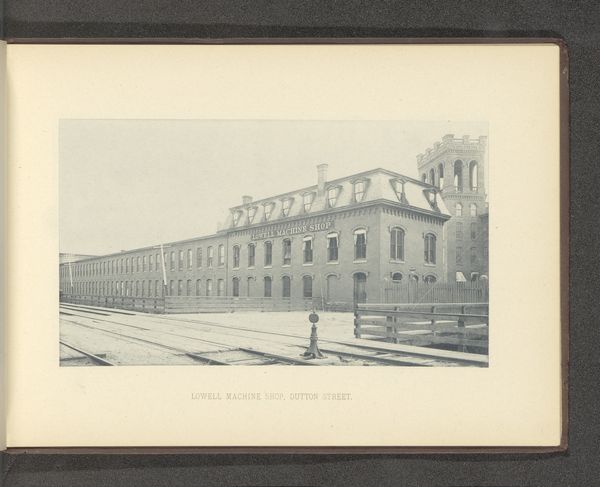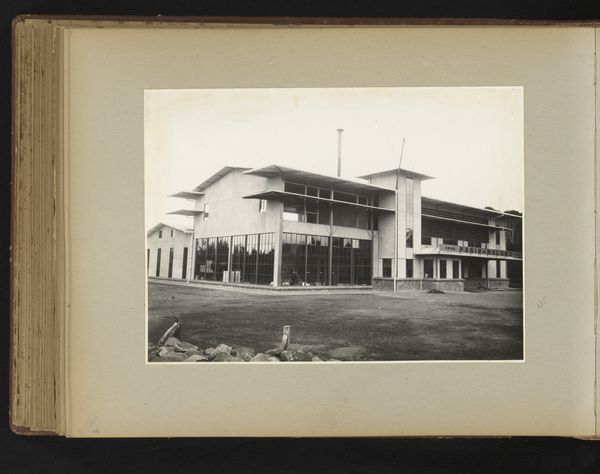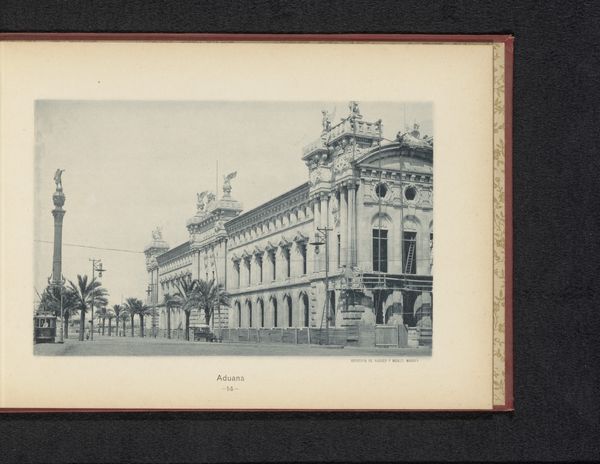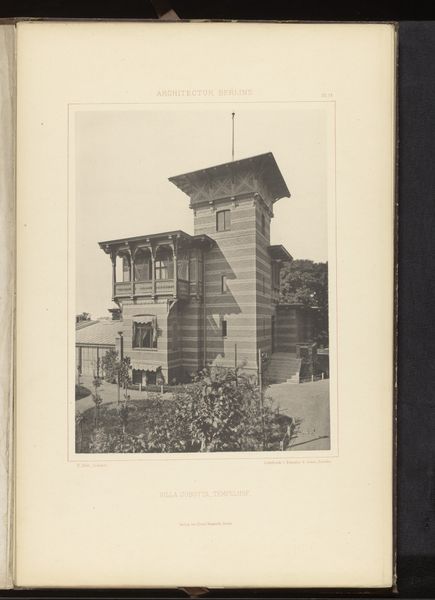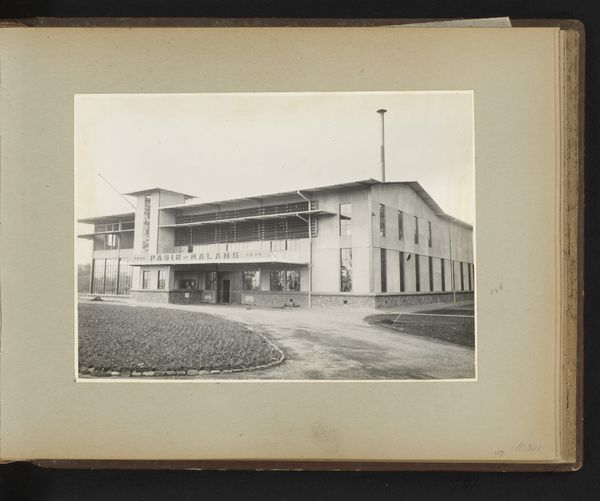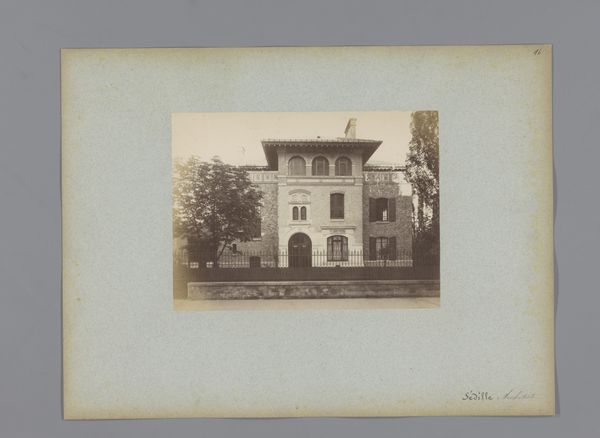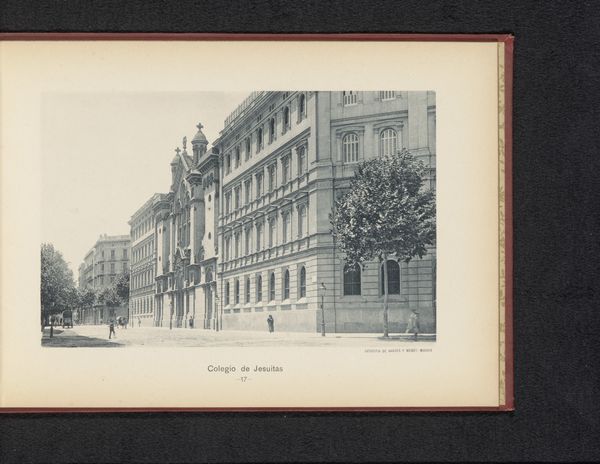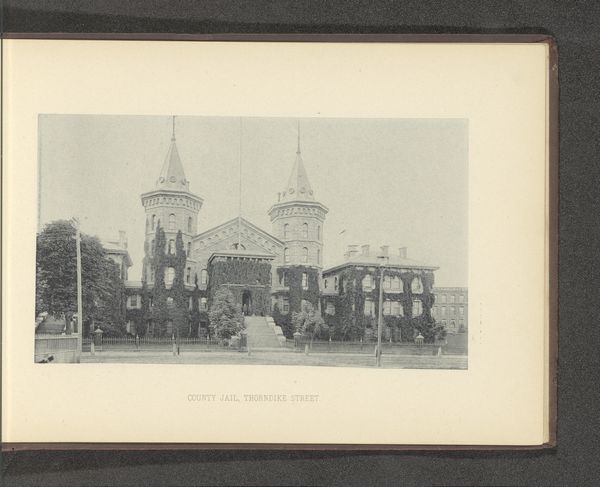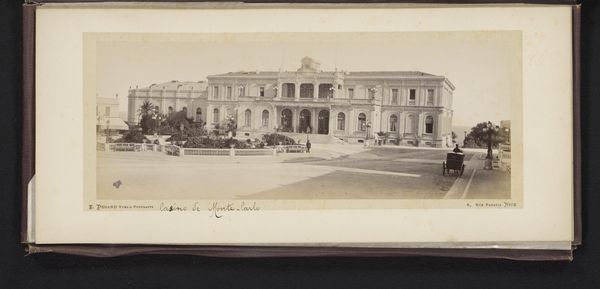
print, photography
#
16_19th-century
#
pictorialism
# print
#
landscape
#
photography
#
coloured pencil
#
cityscape
Dimensions: height 109 mm, width 171 mm
Copyright: Rijks Museum: Open Domain
Editor: Here we have "Gezicht op het noordelijke treinstation in Barcelona," a photograph by Hauser y Menet, created before 1890. I'm struck by the seemingly deserted plaza. It’s monumental, but oddly quiet. What catches your eye in this cityscape? Curator: The near-absence of people speaks volumes, doesn't it? The photograph’s Pictorialist style emphasizes atmosphere over documentation. I see a subtle commentary on modernization and social space. Notice how the architecture dwarfs the human figures present, positioning the station as a symbol of power. What does a train station represent at the turn of the century in a city like Barcelona? Editor: Progress? Movement, perhaps. I guess it also reinforces this idea of Barcelona becoming an industrial center, doesn’t it? Curator: Precisely! And who benefits from this progress? The railway facilitated not just the movement of goods but also a shifting social order. The imposing structure and empty plaza might represent a deliberate attempt to control public space and project a certain image of order. Consider who had access to the train, and by extension, who was excluded? Editor: So, it's not just a picture of a train station. It's a statement about societal control? Curator: It is potentially an attempt to naturalize a rapidly changing urban landscape and class structure. How can the photographer reflect or resist that power structure? By paying attention to light and shadow, by omitting particular bodies, one can interpret this photo as reinforcing bourgeois power. Does that resonate with you? Editor: It definitely changes my initial interpretation. It’s less about just a building, and more about how it relates to power. Curator: Exactly! Examining the urban environment reveals a complex interplay of progress, access, and the control of public space. I never looked at train stations the same way. Editor: Me neither. It’s made me think a lot about who controls public space even today.
Comments
No comments
Be the first to comment and join the conversation on the ultimate creative platform.
